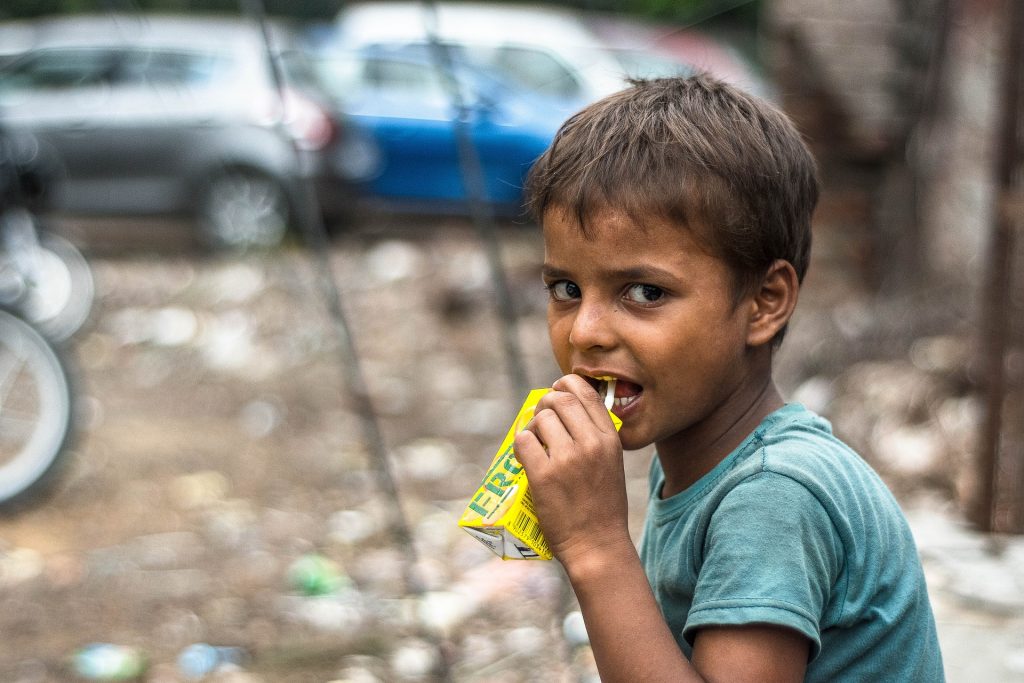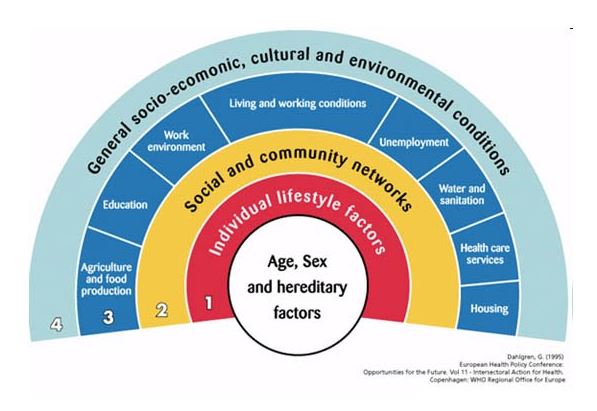#TheDiaryOfASocialWorker – 2
Field work is a crucial component of any social work student’s life. This is where we get to apply whatever theories we have managed to retain, which explain how people and communities participate in life. I was very thrilled to be able to go to the field and learn more firsthand. My first institutional visit really shook me up and made me realize that what I considered a course component is actually a human laboratory of sorts. We are actually examining people’s lives and trying to make an attempt to help them in some small way.
Govandi Dumping Ground: A Case Study
The visit was to an NGO working in the Govandi Dumping Ground. You might have heard about it in the news recently when some homes nearby had caught fire, and the entire area was under a heavy cloud of thick grey smoke, and the stench of burning garbage filled the air. What I would like to highlight here are some of the social factors that determine our physical and mental health using the example of the communities living near the dumping ground.
Most of the people living near the ground work as rag pickers, including the women and children in the family. The area has several cultures living in close proximity and it houses a masjid, several temples, and several NGOs. Crime and violence is rampant, and weapons and illegal substances are easily available. Some of the important issues worth discussing here are children’s education, bringing down the violence, finding suitable employment for at least the newer generations, and facilitating some amount of harmony between communities.
Intervening as social workers is quite challenging because of the interaction of multiple issues. A sort of learned helplessness pervades in the community because for so many people this mode of living has become permanent. Poverty is very real and so are harsh circumstances. We, as social workers, come in and do our analysis, address some of important issues, but it is the locals whose lives are severely impacted so solutions need to be addressed at a broader level.
The TB Project: Broadening The Mental Health Gaze
On one of our projects, we tried collaborating with NGOs and the local health providers, both government and private, to understand the prevalence of tuberculosis in one area within Govandi.
TB, which is known to be curable and manageable, is a fatal illness in this locality because of very poor drug compliance, overcrowding in the slums, malnutrition, poor hygiene, and inability to prioritize health. Unfortunately, TB drugs need to be taken regularly as advised for six months, otherwise the body develops resistance to the first line of drugs, and then more expensive and heavy medication is required. Often, people here cannot afford to take the expensive ones on a regular basis. This leads to further resistance to even that class of drugs. Several versions of TB now exist due to this.
TB as an illness affects weakened immune systems worse than healthy ones, so people who are HIV positive, women, children, and the elderly are the most vulnerable populations. Women are at risk because often they eat last, work for the longest hours, and are in close proximity to sick family members as caregivers.
Why Focus On TB When I’m A Mental Health Social Worker?

I want to highlight how health is a subject that cuts across all domains of life. Imagine a young adolescent from the community I have been describing. He may be 17, has dropped out of school, and is trying to help his family by earning some extra cash, which leads to working long hours.
Boys his age have a gang, which competes with other gangs of boys to get better access to where they want to work on the dumping ground. This leads to periodic bouts of violence. The boy may have a sister who is helping him work for certain hours of the day, and now he cannot take her with him to these areas because he is afraid that she may be assaulted in revenge. So the family loses out on income, but the boy is in a more vulnerable position because he has not been honest about where he is going in the evening. He also needs the extra income to buy a little packet of whatever he needs to snort to make his work easier to bear.
What sort of mental health issues do you think the boy and his family members might face? Substance use related dependence? Aggression? Anxiety, depression, stress reactions? Emotion regulation problems? What issues must the sister and the mother have? What about the other siblings?
I do not want to make this article about diagnosing their illnesses, but to showcase the roots of mental health problems that often stem from surroundings, relationships, and the beliefs and psychological processes of individuals. Causes of mental health concerns are studied by using this bio-psycho-social model. A doctor or a therapist can help the person in such a situation only when the person reaches out to them. It is the mandate of a social worker to reach out to these populations, work with government and non-government support systems and raise awareness both inside and outside the communities about the problems present there.
The See-Saw Of Health
All of us have had at least one episode of diarrhea/constipation/nausea/dizziness before a high stress event like an exam. These are called stress reactions, our body’s way of coping with a threatening event. This is a small example of how the body and the mind are connected and influence each other throughout the course of our life.
Now, scale the example to the level of a community, and imagine the number of causes interlinked that would affect someone in that position with that lifestyle, those restrictions, and no education. What would your physical and mental health be like? I leave you with these questions, which hopefully might lead to the broadening of your gaze the next time you attempt to see the world through another person’s eyes. On the see-saw of the health continuum it is a matter of how much your stressors weigh for you to move from illness to health or vice-versa.
***
For people more interested in reading the technical aspects of this article, look up bio-psycho-social model, social determinants of mental health, and the person in environment model.

Liked reading this? Then you might also like to read about Sreepriya Menon- The Diary Of A Social Worker.
If there’s any story that needs to be told, we will tell it. Write to us at contact@knowyourstar.com with your story lead, or contact us on Facebook or Twitter.